Affiliate links on Android Authority may earn us a commission. Learn more.
10 signs that the phone you're considering is junk
Published onJune 15, 2019
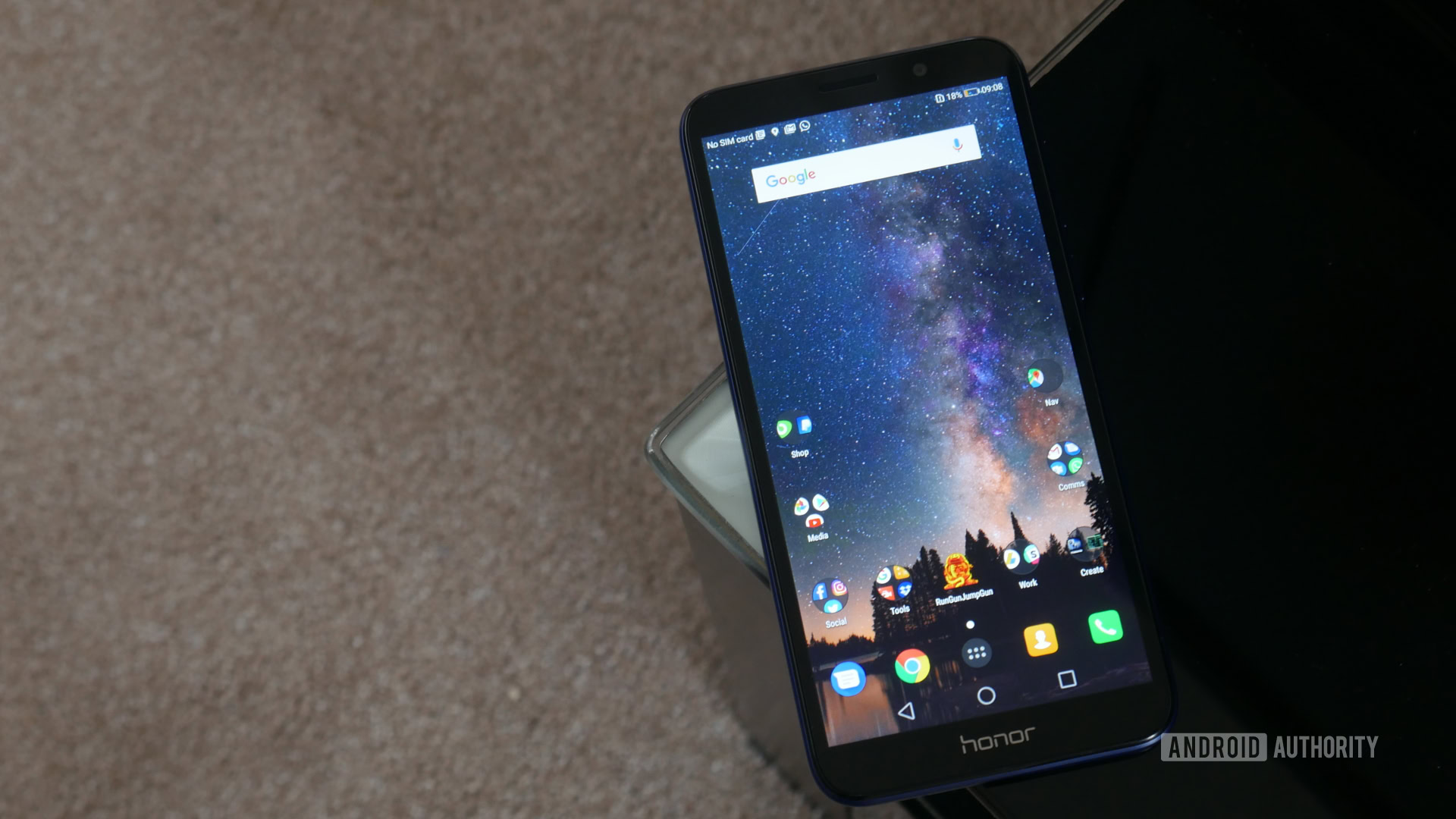
As tech fans, it’s easy for us to get excited about even the most uninspiring smartphones. Like even the lamest people, most phones have at least some interesting feature or great quality worth talking about. We’re all good at something, and there’s someone out there for everyone. There are very few truly “bad” smartphones.
Every now and then, a phone comes along and it’s just complete and utter ass. It’s the kind of phone you would only give to someone as a punishment — seemingly designed to baffle and infuriate at every turn.
These phones are irredeemable pieces of junk, and unfortunately they’re not always immediately obvious. However, it’s possible to spot a bad egg before letting your mum buy it.
It’s time to get your detective hat on and judge that book by its cover! Here are ten warning signs a smartphone won’t offer the best experience.
1. New Android versions
One of the best indicators of a bad smartphone is an old Android version. How up to date is the software?
If this hunk of junk is still running Android 7.0, it’s either very old, or the OEM simply didn’t care enough to update the OS. It’s not uncommon to find a phone running a version of Android one or two iterations behind, but for a new phone that’s still a bit of a red flag.
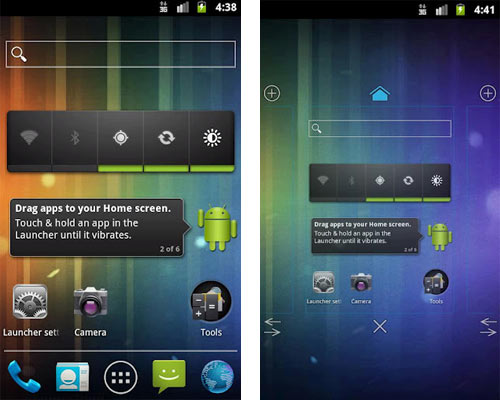
Apart from anything else, if a phone isn’t getting the latest security updates from Google, then it might be vulnerable to malicious attacks. Keep looking.
2. Stutters and slow loading
Hopefully before you make a decision on this phone, you’ll at least have the opportunity to pull it out the bag and swipe around the UI a little. When doing this, ask yourself how smooth the page transitions were on the home screen. How about scrolling through long pages of text in Chrome?
If it’s performing like this now then what do you think it’s going to be like in a year’s time?
How long does it take for an app to open up? A bad smartphone might leave you hanging for a couple of seconds, whereas better hardware will spring apps to life instantly.
While not everyone is going to need the latest and greatest performance from their device this is basic stuff and even an affordable phone should be able to handle its own home screen launcher.
Hopefully you’ll be using this device for at least a couple of years. If it’s performing like this now — before it has even had any extra software installed — what do you think it’s going to be like in a year’s time? A phone should have at least some basic future proofing.
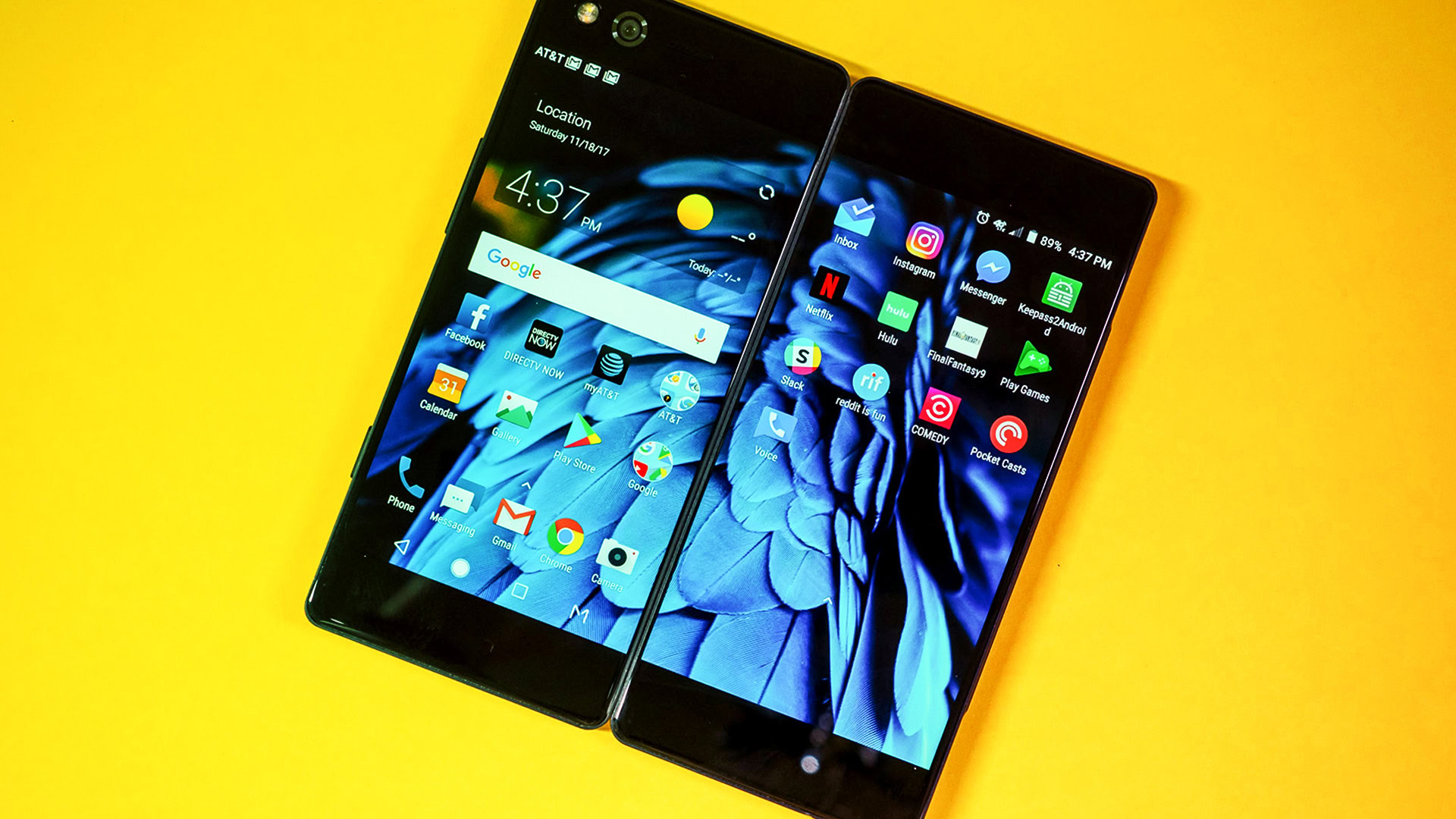
3. Basic functionality is missing
Again, it’s important not to conflate cheap phone with bad smartphone. Some people don’t need the latest bells and whistles and can therefore spend less. A phone can have a single camera lens, or no wireless charging, and still be great. The likes of Nokia and Honor make some excellent affordable handsets.
However, some corners just shouldn’t be cut. Examples include things like the gyroscopic sensor which was missing in the HONOR 7s. This is present in significantly more affordable devices and is a necessary feature for a ton of apps and experiences.
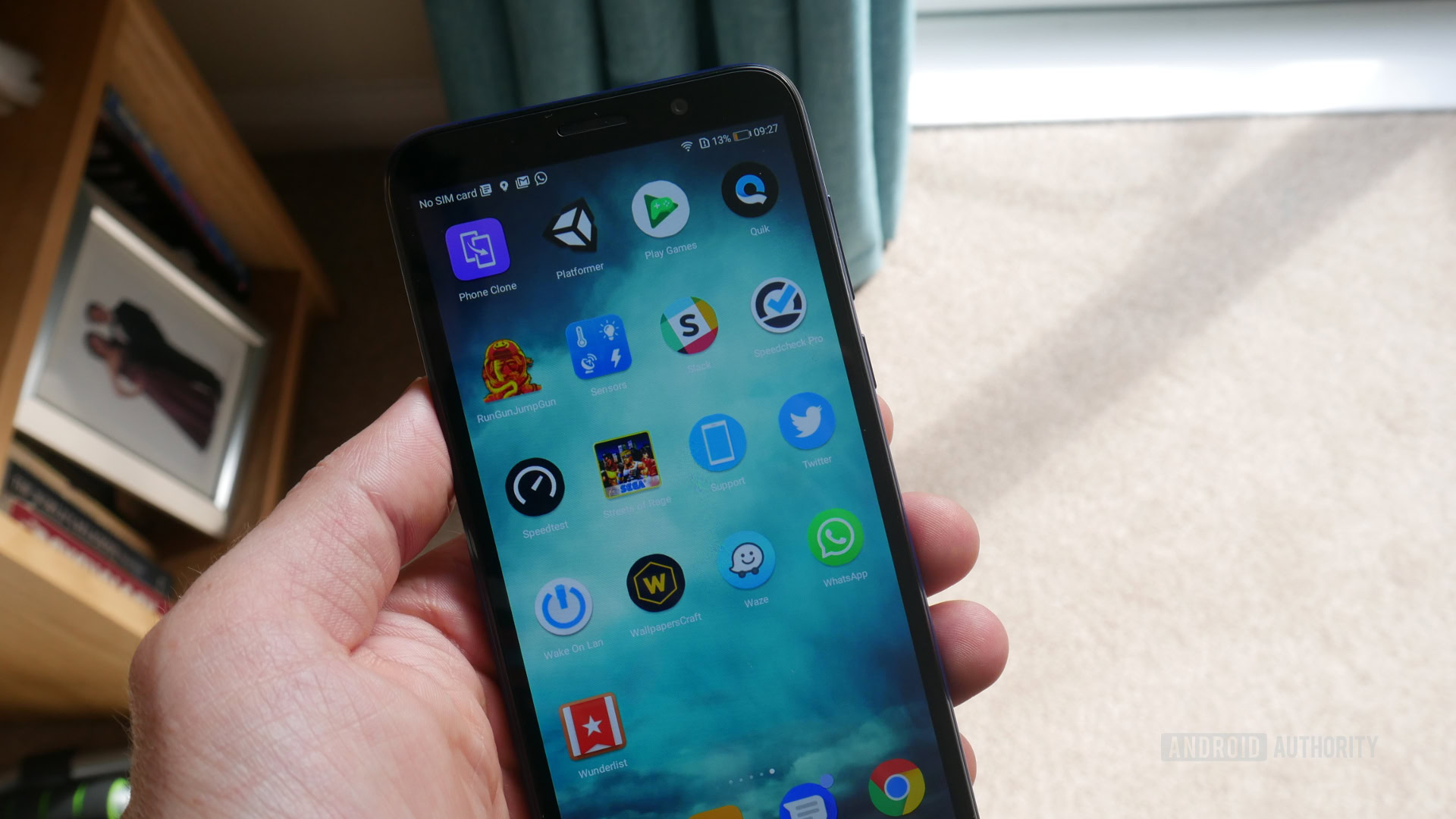
That same phone (which really is a junk phone) also has no speaker grill, instead using the earpiece normally for calls to produce all of its sounds. Watching something on YouTube can be a good quick test too then.
Fingerprint sensors aren’t an absolute must, but they are increasingly useful and something you should certainly think carefully about omitting. I also feel there’s increasingly little excuse for phones coming with sub-1080p displays or MicroUSB – though these things may matter less to some users.
Finally, think long and hard before choosing a phone with 16GB of storage. This will fill up fast and can be a real pain in the neck, even with expandable storage.
If you decide on a device that leaves that much to be desired, you better make sure the price reflects it!
4. Unknown OEM/brand
Not having heard of a brand doesn’t automatically mean it’s bad. New OEMs have to start out somewhere!
Likewise, not every phone from a recognized OEM will be good. However, if you’re shopping blind, sticking to known names will generally steer you in the right direction. At least you know roughly what you’re getting — like when you go to Starbucks — and at least you know the company will honor any warranties and provide customer service, and so on. They are big enough not to sweat refunds and their reputation is more important to them.
5. Broken English
Another warning sign is the language used to promote the product. Read the back of the box and the promotional material and ask yourself if the quality of English is good. If it’s written in pidgin English, this suggests the phone comes from a foreign manufacturer. This isn’t a bad thing in and of itself.
However, if a manufacturer clearly doesn’t have the money or common sense to hire a proper writer for each region, what does that say about the rest of its business strategy? What other corners might it be willing to cut?

This isn’t always a fair test, one of my favorite OEMs of all time is GPD (GamePad Digital), and its writing is in the most broken English imaginable.
Still, it’s not a positive sign.
6. Poor camera performance
These days a cheap phone can ape a lot of what the more expensive phones do. It’s not uncommon to find a “budget” or “mid-range” device that has a massive full-screen display, 4-6GB of RAM, the latest version of Android, and face unlock. The camera is much harder to get right on a budget.
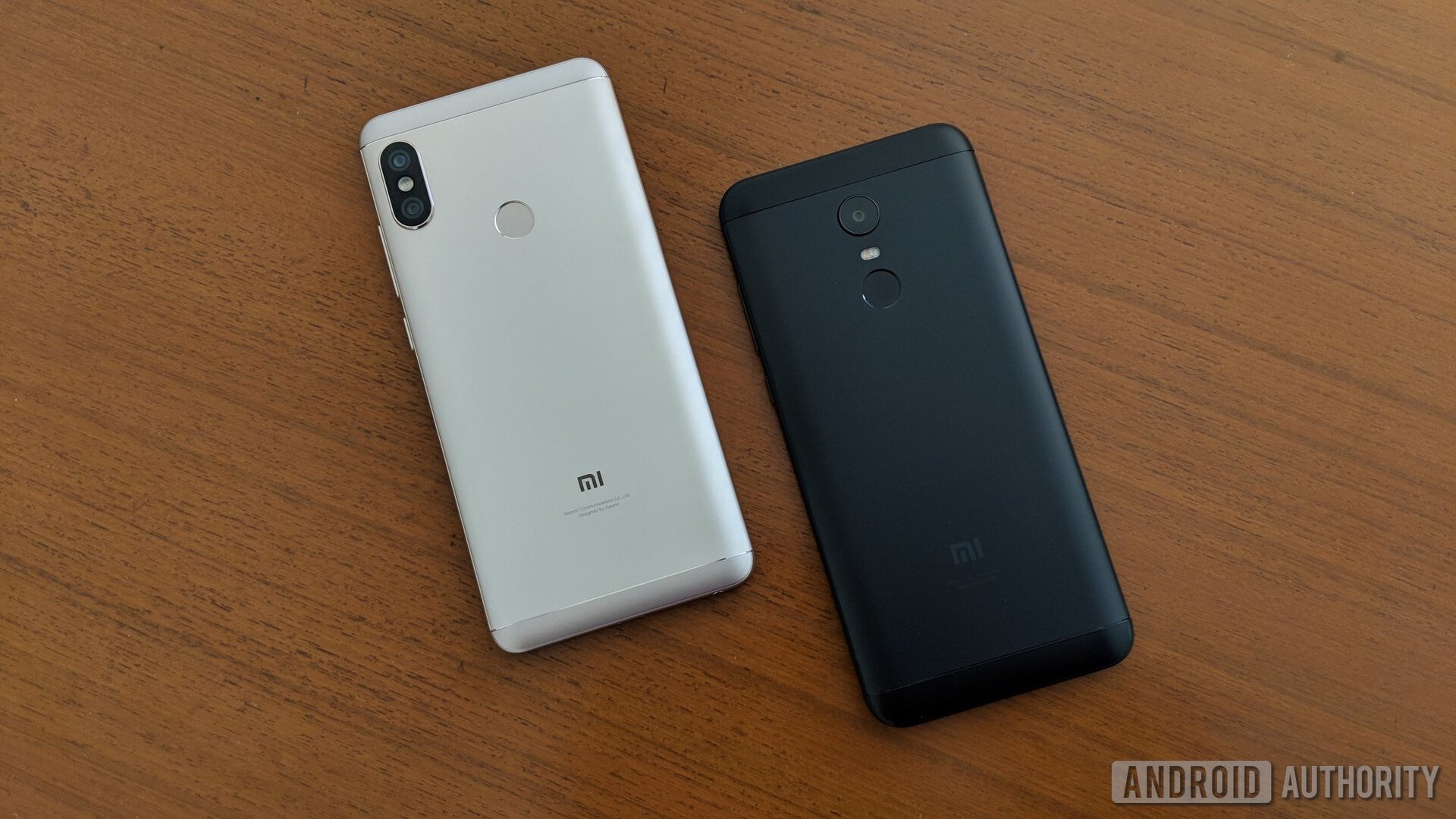
So, if you’re testing a phone in the store, it’s always worth getting the camera out and shooting some snaps if that’s important to you. And don’t look at the megapixel count and the fact that it has two lenses and assume it’s a decent shooter. Unfortunately, much of this comes down software and less obvious specs like pixel size — meaning you really can’t know until you actually have a go.
7. Bloatware, everywhere
Even the biggest OEMs are guilty of stuffing their phones with bloatware (Samsung!), but in any case, this is a sign that a company is not putting its customers first.
A good phone should come out the box with predominantly just the basics installed and perhaps a few extra apps for any exclusive features unique to that phone. Duplicates of every Google app are a nuisance (a nuisance that you probably can’t get rid of), as are the reams of unnecessary apps claiming to save battery, improve security, or give you a flashlight. You can download all that stuff if you need it. If the phone comes from an unknown manufacturer, this software may even pose security risks.
This is a sign that a company is not putting its customers first.
On cheaper hardware, bloat also becomes an even bigger problem, especially if the skin being used on top of Android is also unnecessarily stuffed with features and changes. It’s also a bigger issue if the phone has limited internal storage. The ideal scenario here then is to have a stripped back software experience like Android One.
8. Bad smartphone design
Again, not everyone is in the market for a super-premium all-glass phone. In fact, some people much prefer a metal or plastic build.
That said, it’s still worth listening to your gut on this one. If the phone is very light, has scratches or other cosmetic issues out of the box, or it has an unattractive design, then that may suggest it is cheaply made. Moreover, it might suggest the phone won’t stand up to much punishment.
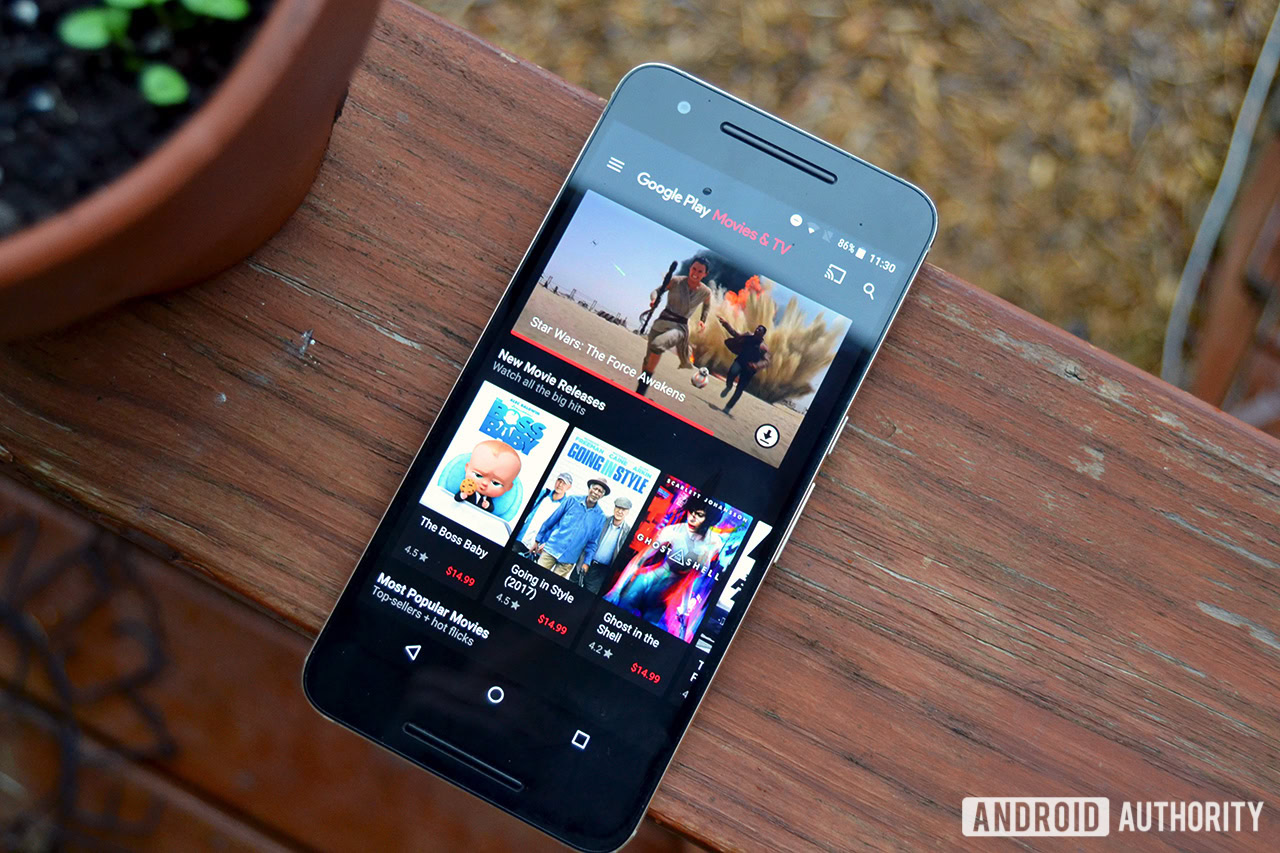
For better or worse, smartphones are something of a fashion statement these days. It’s important to consider carefully whether this is a phone you will be happy carrying around all day. Again, if cost is your main concern, keep in mind that you can get some very nicely made phones that don’t cost the Earth.
While you’re at it, keep an eye out for any QC issues. Is the screen yellowing? Is there light bleed? Any dead pixels? If you don’t see anything immediately, do a quick search to be certain.
9. Sorry specs
Performance is more important than specs, especially if you don’t plan on doing any serious gaming or using other demanding apps.
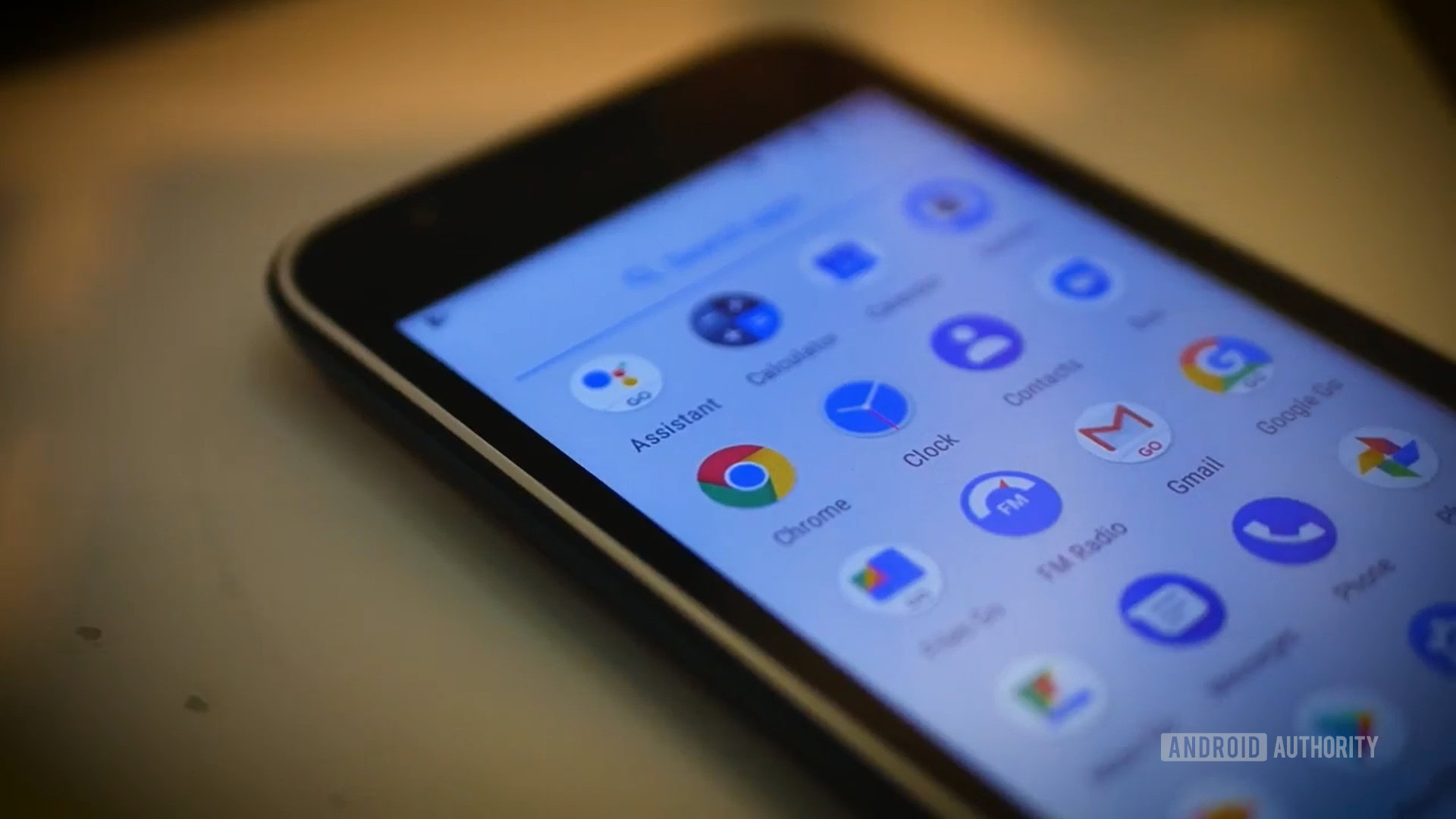
However, if a phone comes with 2GB of RAM or has a significantly under-powered CPU, it could severely limit what it can do. This is where it might actually make more sense to get a second-hand flagship, or a top-of-the-line phone from a few years ago.
A phone like the Nokia 1 gets a free pass though. It is designed specifically to be a basic, budget handset — and its design is done well in other places. When deciding if you’re looking at a bad smartphone, try not to think in terms of each independent aspect but instead consider it holistically. If it is poor in one area but seems great in all the others, it really just comes down to personal preference. If a phone meets multiple criteria on this list: bin it!
10. Bad review scores
Finally — and this might sound a little biased coming from a site that publishes phone reviews — check the review scores!
We might get it wrong sometimes, and there is an element of personal preference to consider, we’ve tried thousands of smartphones. We can hopefully help to steer you in the right direction.
This might sound a little biased coming from a site that publishes phone reviews but check the review scores!
At the very least, we can advise against phones that are absolutely not worth your time and money. So, pick your favorite site (*cough* Android Authority *cough*) and do a quick search to see if they (*cough* we *cough*) have covered the device you’re looking at. If the review is negative, think extra hard before you decide to put down your cash. Better yet, read multiple reviews from trusted sites to see what the consensus on that phone is.
To summarize, here are our ten signs that a phone is bad and you should avoid it:
- Really old Android versions out of the box
- Stutters or slow loading
- Basic functionality is missing
- Unknown OEM/brand
- Uses broken English
- Poor camera performance
- Bloatware, everywhere
- Bad smartphone design
- Sorry specs
- Bad review scores
That’s our take anyway. What have we missed? Have you ever picked up a bad smartphone and regretted it?